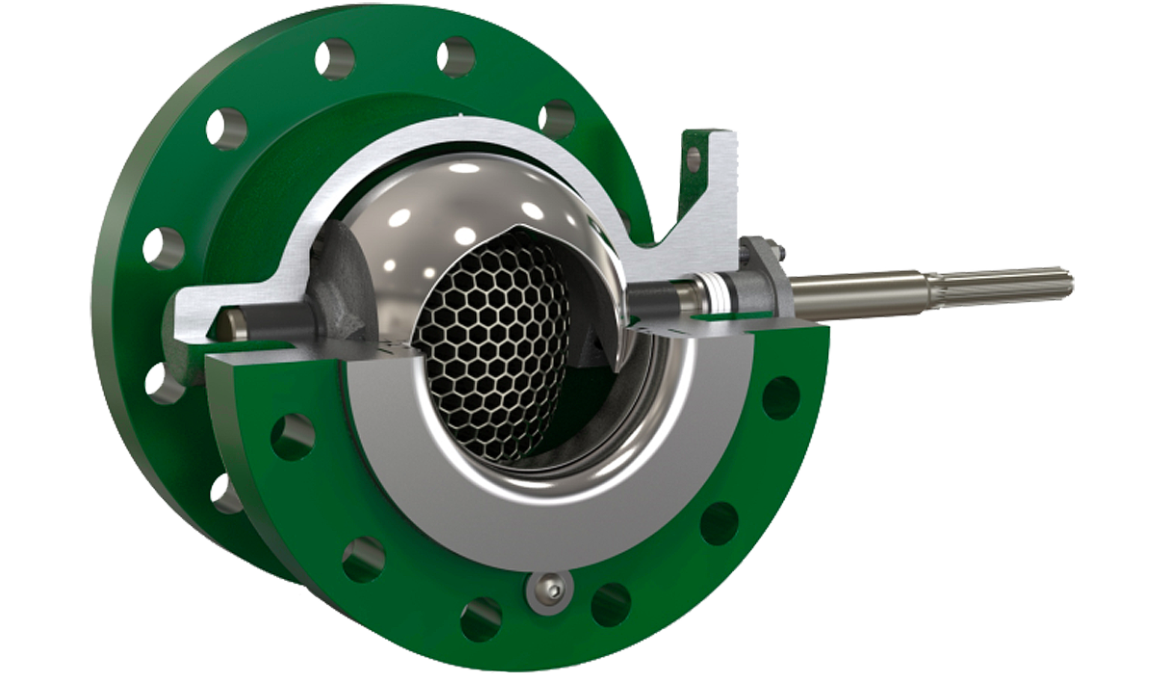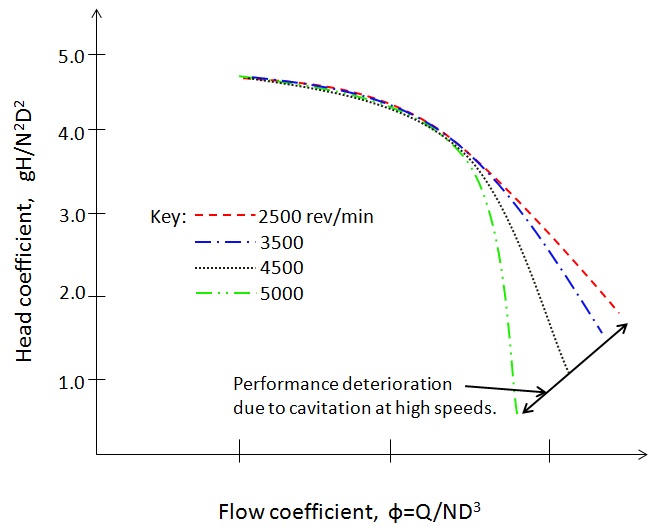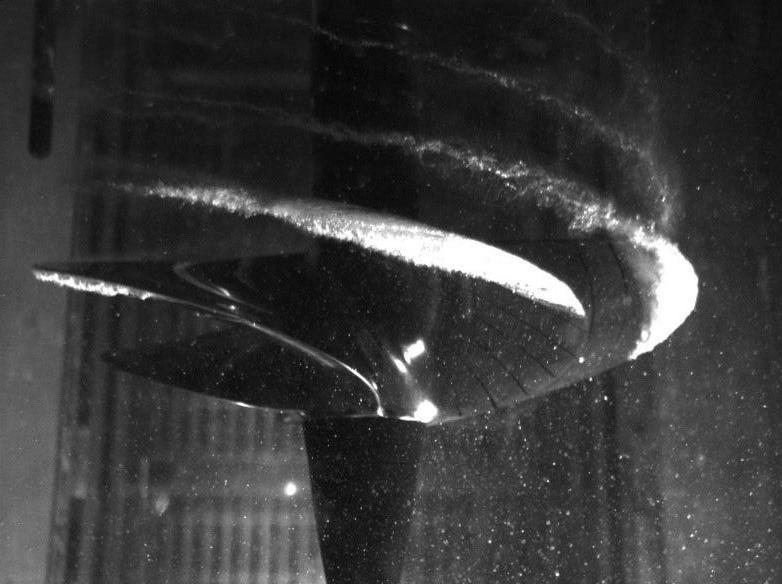Stunning Tips About How To Reduce Cavitation

Liquid gets vaporized quickly if the impeller is not functioning correctly, which then creates tiny shock waves.
How to reduce cavitation. Removal of these gases might, therefore, reduce or prevent cavitation and thereby increase the flow rate through the porous membranes used to purify water. Vapor pressure is described as the pressure at which liquid molecules convert into vapor at a specific combination of pressure and. Cavitation is a common problem in pumping systems, but with proper pump sizing, pipe design, and care of the whole system, damage to pumps can be largely.
Pump selection, fluid temperature, and inclusion of safeguarding components are all factors that can protect against cavitation in a system. What do you mean by vapor pressure? This pressure is known as the net positive suction head (npsh).
It occurs when a centrifugal pump imparts velocity on a liquid as. To reduce cavitation, boat owners can install a cavitation plate on their boats. Regularly check seals, joints and valves for leaks and wear.
The best way to prevent pumps from experiencing cavitation is to increase the pressure upstream from the pump’s impeller. Surface damage perhaps the most obvious effect of cavitation on pumps is the material damage that cavitation bubbles can cause when they collapse in the vicinity of a solid. In fact, nine out of 10 pump problems are not caused by the pump itself but by issues such as cavitation, poor system design and lack of maintenance.
Also known as inadequate npsha cavitation or ‘classic cavitation’, this is the most common form. This plate helps to redirect water flow and reduce the amount of turbulence. Some tips to prevent cavitation due to vaporization.
Sometimes we can not completely eliminate the it but we can adopt some methods by using them we can easily control the cavitation which are as follows: How to prevent pump cavitation. Some suggestions for reducing cavitation are:
You can make ads in the engineering toolbox more useful to you!

















